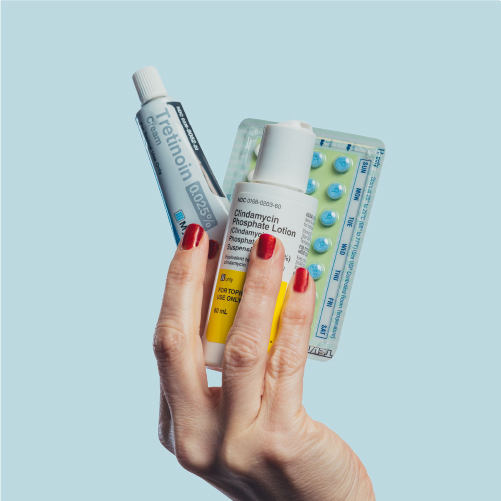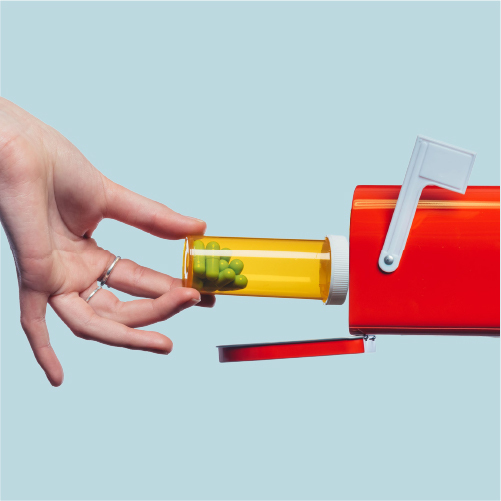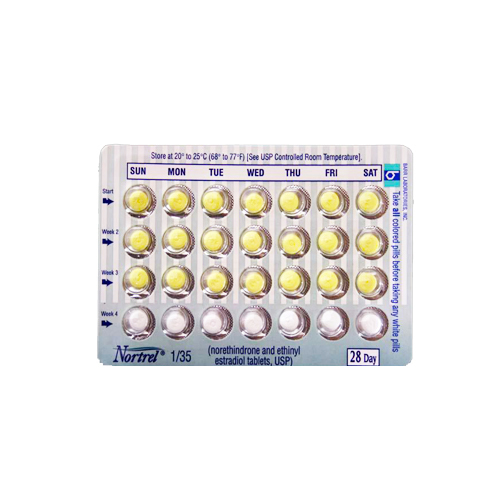Nortrel 1/35 (Norethindrone and Ethinyl Estradiol)
If you prefer this specific medication, let your provider know the medication name and strength in the preference section of the health assessment.
Why Nurx?
-
 Free, fast shipping with automatic refills for items fulfilled by our pharmacy. Easily pause or cancel anytime.
Free, fast shipping with automatic refills for items fulfilled by our pharmacy. Easily pause or cancel anytime. -
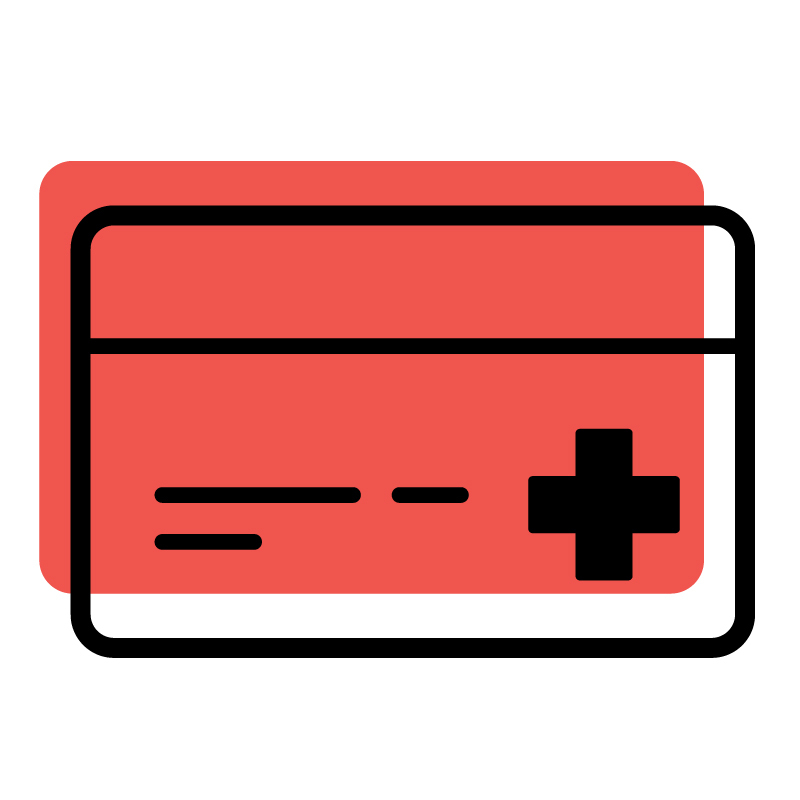 Clinically-recommended medications & affordable out-of-pocket prices.
Clinically-recommended medications & affordable out-of-pocket prices. -
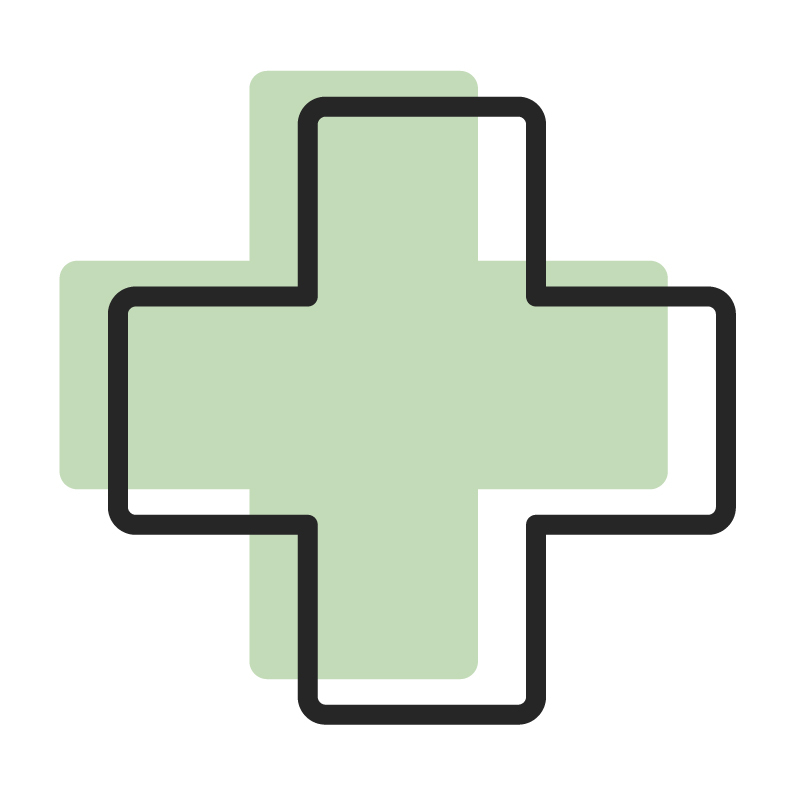 Unlimited messaging for one year with licensed providers.
Unlimited messaging for one year with licensed providers.
Product details
Nortrel 1/35 is a daily birth control pill taken orally. Patients take one active pill daily for 21 days and then one placebo daily for seven days. This process is meant to help women keep up the habit of taking a daily pill and keep the medication as effective as possible. We offer Nortrel 1/35, along with more than 100 other brands of birth control, so women don’t have to worry about getting the contraceptives they need. Our team at Nurx can prescribe Nortrel 1/35 for as low as $0 with insurance or as little as $15 without insurance.
Birth control type:
Combination birth control pill
Recommended for:
✓ Regulating periods
✓ Lighter and less painful periods
✓ Treating PMDD (premenstrual dysphoric disorder)
✓ Treating acne
| Price with Insurance | Out-of-Pocket Price |
| As little as $0 per month for the medication | As little as $15 per month for the medication |
We also charge a $30 medication consultation, which includes unlimited access to our medical team for a full year.
See why 1,000,000+ patients have trusted Nurx for medical care online:
| Nurx | Other Brands |
| ✓ Affordable ✓ Insurance accepted ✓ No subscription needed ✓ Unlimited, ongoing medical care from an app ✓ $0 shipping — always |
Expensive Insurance not accepted Subscription required Medical care limited by number of credits $5 to $20 shipping fees |
Generic versions:
Ortho-Novum 1/35, Pirmella 1/35, Necon 1/35, Cyclafem 1/35, Alyacen 1/35, Norinyl 1/35, Dasetta 1/35, Norethindrone-Ethinyl Estradiol
For our refund and return policy, please see our terms of use.
See full product details
Additional Details
FAQ


How It Works

